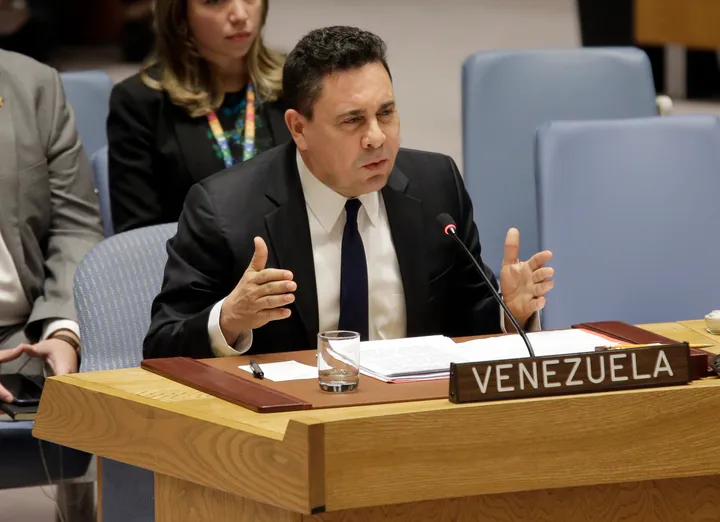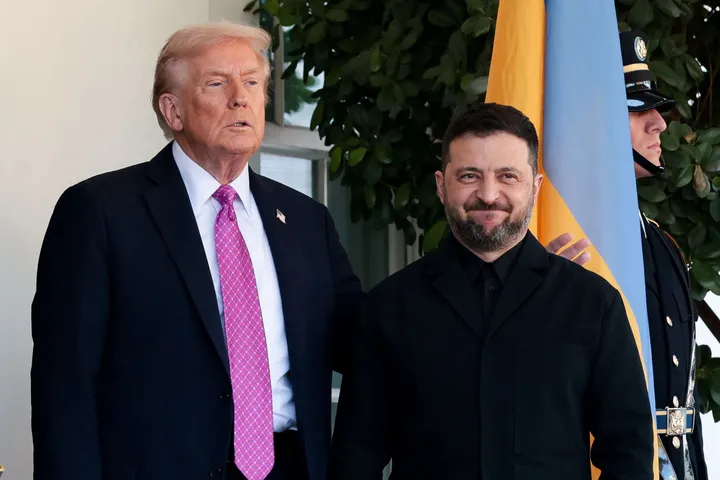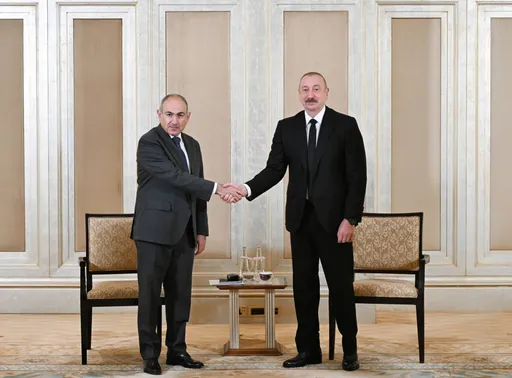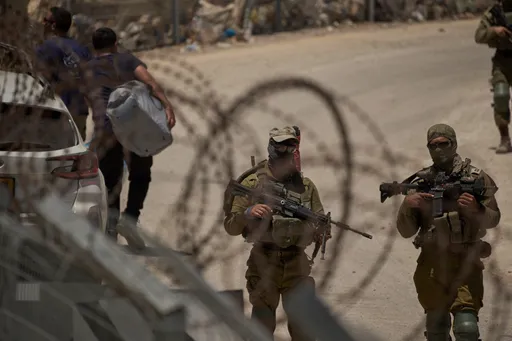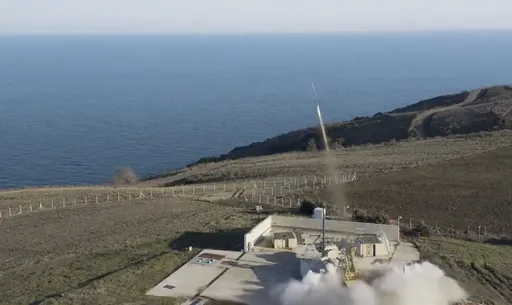Migrants making their way into Croatia from Bosnia are now greeted with a hard-hitting advertising campaign stating: ''Welcome to Croatia - Country of torture.''
A local NGO, ‘Inicijativa Dobrodošli’, or Welcome Initiative, is behind the campaign which aims to support refugees and protest against restrictive and abusive migrant policies.
With winter approaching, thousands of migrants, many from the Middle East, South Asia and Africa are stuck in makeshift camps in Bosnia. With Croatia and Slovenia tightening their border crossings with Bosnia, thousands of migrants will have to endure below zero temperatures.
“Croatia has normalised and institutionalised violence, which remains unacceptable,” group members from the Welcome Initiative told TRT World with regard to migrant policies enacted by the European Union (EU) country.
Earlier this year the Croatian government faced allegations of torture against migrants attempting to enter the country.
A few days before the billboards went up, the European Commission announced that Croatia had fulfilled the conditions to join the Schengen area, a free-travel zone, which means citizens of member states can move without any border controls.
“Our government is blindly following the EU policy which results in Croatia being ‘the guardian’ of the EU borders and carrying out illegal and inhuman pushbacks of migrants on a daily basis,” the Welcome Initiative told TRT World in a written statement.
Human rights groups criticised the announcement for rewarding harsh tactics as a means of suppressing migration flows in what some critics have called the creation of Fortress Europe.
“Illegal pushbacks and incarceration of refugees and migrants, and police violence, abuse and torture of individuals and groups, men and women, adults and children have been reported for years,” said the Welcome Initiative over email. “With this action, activists declared that they will never accept this as a reality.”
Over the past year, the border between Croatia and Bosnia has been home to violent scenes with refugees attempting to make the crossing into Croatia, resulting in police officers pushing refugees back into Bosnian territory by almost any means necessary.
“Migrants are treated poorly in Croatia, first they are being abused by the border police, and if they manage to come and stay in Croatia, the support system and integration process are deeply flawed and inadequate, offering no real chance for a decent life.”
A new Balkan migration route?
According to the International Federation of Red Cross and Red Crescent Societies (IFRC), more than 23,000 refugees have made their way to Bosnia so far in 2019. This follows more than 25,000 refugees in 2018, who are mainly attempting to enter the EU.
The influx of refugees combined with limited resources has meant that many in the camps have developed easily preventable medical conditions.
“The main health issues in all the centres are scabies from unhygienic living conditions, and injuries from the long walks and attempts to cross the border with Croatia,” said a spokesperson from the IFRC to TRT World.
Bosnia is increasingly bearing the brunt of the migration along the Macedonian and Serbian corridor, a main route in the past which has become more tightly policed.
“The numbers this year have increased probably because most other routes are closed and borders have been strengthened,” said an IFRC spokesperson.
Jasmin Redjepi the president of LEGIS, a humanitarian NGO based in North Macedonia providing assistance to refugees, told TRT World that the flow of migrants crossing through the Balkan state has been steady and down from the peak of 2015 which saw the country overwhelmed with thousands fleeing the Syrian war.
Redjepi recently visited Bihac in the Una-Sana Canton of Bosnia, which borders Croatia which he calls the new “Balkan hotspot”, where thousands of migrants wait for the right opportunity to cross into Croatia.
Bosnia is “not ready" to host the influx of migrants says Redjepi, adding: "The conditions in the camps are not like in Macedonia and Serbia. Most of the migrants are outside, in one camp called Vucjak there are very substandard conditions and winter is coming very fast and it can be very cold in Bosnia.”
There have been rumours and some anecdotal evidence that a new migration route is opening up, however, Redjepi is sceptical about this.
"There is no big change to the Balkan migration route," says Redjepi. The favourite route for migrants is from Greece into Macedonia, Serbia and then hopefully into the EU.
"The migrants that are just walking and doing it by themselves. They are using Albania and Montenegro, which is a harder route, however, most of the people arriving in Bosnia today are arriving from Macedonia and Serbia."
Making it into Fortress Europe
The refugees that manage to make into the EU face the beginning of a series of obstacles, particularly in Croatia.
“The few that manage to access and stay within the Croatian territory face the risk of arbitrary detention, degrading and inhumane treatment in the detention centres,” a spokesperson from the Centre of Peace Studies (CPS) told TRT World.
Croatian society has had a very longstanding ambiguous relationship with right-wing discourse that stretches back to its participation in World War II, which the country has yet to fully come to terms with.
“Political elites in the country [Croatia] use the fear of locals and add to the creation of an atmosphere of fear and distrust, that gives rise to societal as well as institutional racism and xenophobia [towards migrants],” said a CPS spokesperson.
Yet the pull factor for migrants wishing to enter the EU shows no sign of waning.
“Migration is a human phenomenon that has always existed...multiple existing routes didn’t disappear: they changed, shifted, adapted,” said the CPS spokesperson.
The challenge remains, however, how to humanely treat refugees in search of a better life.


